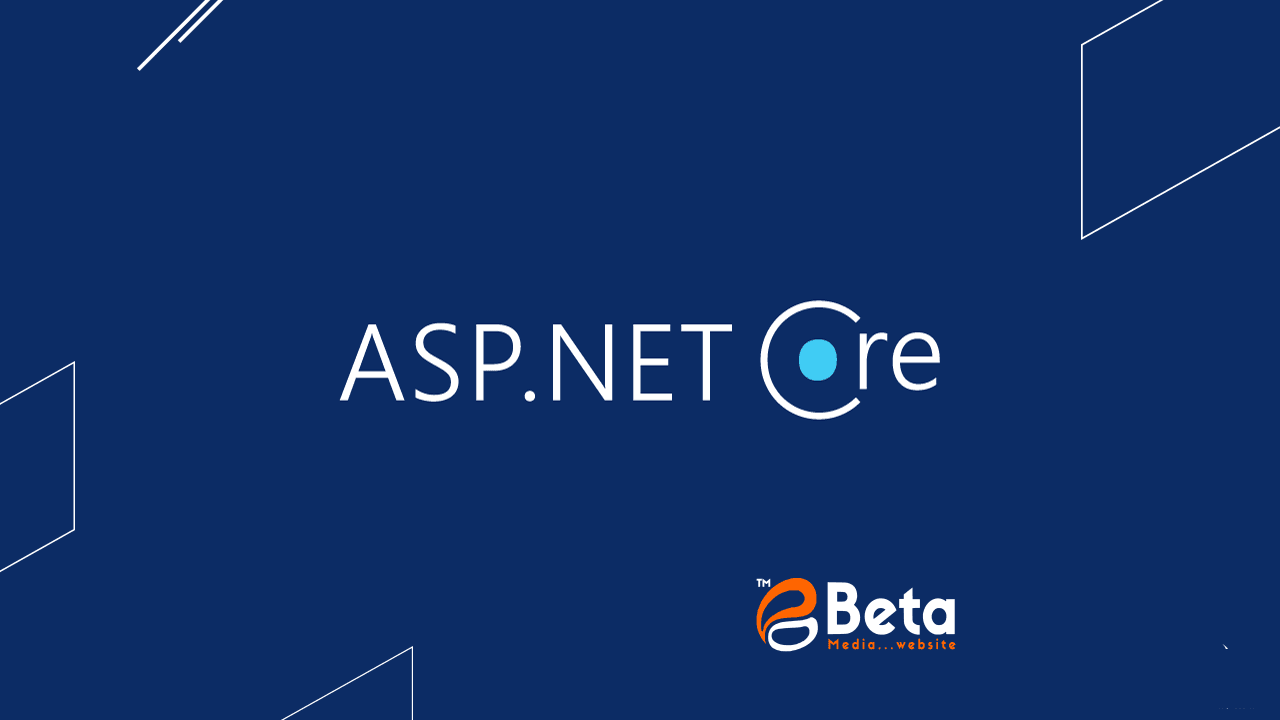ASP.NET Core 8 MVC: A Comprehensive Guide
Introduction:
ASP.NET Core 8 MVC is a powerful and advanced framework developed by Microsoft for building modern, cross-platform web applications. The MVC (Model-View-Controller) pattern provides a flexible and scalable structure for developing complex web applications quickly and efficiently. It supports lightweight, high-performance applications that can be deployed across multiple platforms, including Windows, Linux, and macOS.
Key Features of ASP.NET Core 8 MVC:
- Cross-Platform:
- ASP.NET Core 8 allows you to develop and run applications on multiple operating systems like Windows, Linux, and macOS, giving developers more flexibility in choosing their development environment.
- High Performance:
- ASP.NET Core is one of the fastest web frameworks, thanks to performance optimizations like reduced memory usage and improved response times.
- Cloud-Optimized:
- ASP.NET Core is designed to be cloud-ready, making it an ideal choice for applications that rely on cloud services such as Azure or AWS.
- Flexible Hosting:
- You can host ASP.NET Core applications on a variety of servers such as IIS, Apache, Nginx, or even in Docker containers.
- Modular Package System:
- ASP.NET Core uses a modular system where you only add the NuGet packages you need, improving application performance by reducing memory load.
Core Structure of an ASP.NET Core 8 MVC Application:
- Model:
- The model is the component responsible for handling data. It contains entities and rules that govern how data is managed. For example, a model might include a “Student” entity that holds data like a student’s name and age.
- View:
- The view is responsible for presenting data to the user in HTML format. It combines data from the model with templates to generate dynamic web pages.
- Controller:
- The controller acts as the intermediary between the model and the view. It receives user requests, interacts with the model to retrieve or process data, and returns the result via the view.
Request Lifecycle in ASP.NET Core MVC:
When a user sends a request to an ASP.NET Core 8 MVC application, the request follows a defined lifecycle:
- Request:
- The HTTP request is received by the controller.
- Routing:
- The request is routed based on the routing map to the appropriate controller.
- Processing:
- The controller interacts with the model to process or retrieve data.
- Response:
- The controller returns the processed data to the view, which generates an HTML page that is sent back to the user.
Steps to Build an ASP.NET Core 8 MVC Application:
- Create the Project:
- You can start a new project using Visual Studio or any other IDE that supports .NET Core. Use the following command to create a new MVC application:
bash dotnet new mvc -n MyApp
- Set Up Routing:
- You need to define request routing in the
Program.csorStartup.csfile (depending on the version). This routing determines which controller and action handle the incoming requests.
- Create Models:
- Models represent the data your application works with. For example, a “Student” model might have properties like
NameandAge.
- Create Controllers:
- Controllers handle requests and work with models to return views. For example:
csharp public class StudentsController : Controller { public IActionResult Index() { // Return a list of students var students = GetStudents(); return View(students); } }
- Create Views:
- Views are the HTML files that present data to the user. ASP.NET Core supports Razor views, which allow mixing C# with HTML for dynamic content generation.
- Database Integration:
- ASP.NET Core 8 supports Entity Framework Core (EF Core) for interacting with databases. You configure the database connection in the
appsettings.jsonfile and create aDbContextfor interacting with the entities:csharp public class AppDbContext : DbContext { public DbSet<Student> Students { get; set; } }
- User Management and Authorization:
- ASP.NET Core 8 MVC includes built-in support for managing user accounts and roles via the Identity system, which simplifies authentication and authorization tasks.
Security in ASP.NET Core 8 MVC:
- Authentication and Authorization:
- ASP.NET Core provides built-in solutions for authentication through Identity, OAuth2, OpenID Connect, and more. You can use the
appsettings.jsonfile to configure security policies and apply JWT or cookie-based authentication.
- Protection from Common Attacks:
- ASP.NET Core 8 comes with built-in protection against common vulnerabilities like Cross-Site Request Forgery (CSRF), Cross-Site Scripting (XSS), and SQL Injection attacks.
Conclusion:
ASP.NET Core 8 MVC is a comprehensive and flexible framework for developing modern web applications. With its high performance, cloud compatibility, and extensive security features, developers can create complex, scalable, and easy-to-maintain applications effectively. Its cross-platform capabilities and modular design also make it an ideal choice for a wide range of projects.

